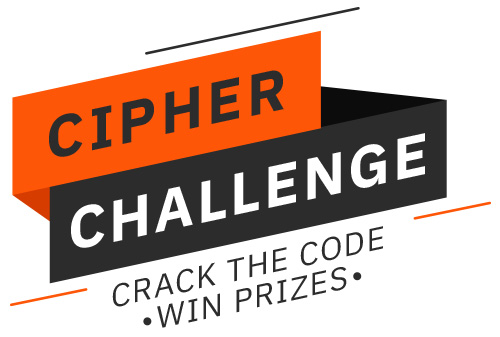 When we launched our Cipher Challenge, we had no idea what kind of approaches people would take or how many would succeed.
When we launched our Cipher Challenge, we had no idea what kind of approaches people would take or how many would succeed.
As it turns out, six solvers broke the code. They used different tools and followed very different paths. Here are four main approaches that were employed.
Bit-Level Reverse Engineering
Several solvers dove deep into the binary. They noticed the inputs were 24-bit strings and the outputs were 4-character encodings—suggesting a 6-bit mapping. From there, they analyzed bit patterns, experimented with flipping or reversing bit segments, and tried to line things up with known encodings like Base64. For a few, the big breakthrough came when they spotted that each 6-bit chunk was in little-endian format—reversing the order of bits was the final key to solving the puzzle.
Code-Assisted Brute Force
A couple of participants approached the challenge like a black box: feed in inputs, score the outputs, and iterate. These solvers built scripts to test different combinations, using character frequencies, heuristics, and known word patterns to guide their guesses. Some used ChatGPT or other AI assistants to write and refine the code—letting automation do the heavy lifting as they zeroed in on a readable result.
Pipeline Reconstruction
Others focused on reconstructing the entire encoding pipeline: from ASCII to binary, from binary to indices and indices to characters using a seed-based substitution. They hypothesized a transformation chain that resembled Base64, with the twist that the 6-bit values were shuffled using a 64-element seed. Once they guessed the seed (spoiler: “people,” drawn from our company values), they worked backward through the logic to decode the message.
LLM-Driven Exploration
One solver took a novel, infrastructure-heavy approach: they built a custom MCP server in Python to interface with a large language model. This setup let the LLM run seed values, test decryption outputs, and get real-time feedback. It effectively turned the LLM into a cipher-cracking assistant—with human-level reasoning and machine-speed iteration.
We loved seeing the creative and unique approaches the participants used to complete the challenge. Some took a purely analytical path, some leaned on automation and AI, others trusted their intuition and philosophical guesses.
Thanks to everyone who participated. And congrats again to the solvers!
 Career Opportunities
Career Opportunities
Are you looking to join a software company that invests in its teammates and promotes a strong engineering culture? Check out our current Career Opportunities. We’re always looking for like-minded engineers to join the BTI360 team.